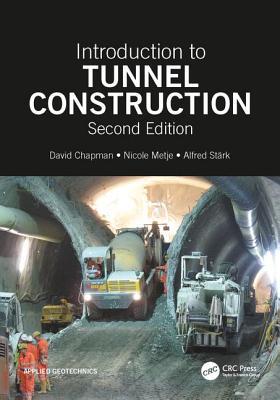Tunnelling provides a robust solution to a variety of engineering challenges. It is a complex process, which requires a firm understanding of the ground conditions as well as the importance of ground-structure interaction. This book covers the full range of areas related to tunnel construction required to embark upon a career in tunnelling. It also includes a number of case studies related to real tunnel projects, to demonstrate how the theory applies in practice. New features of this second edition include: the introduction of a case study related to Crossrail's project in London, focussing on the Whitechapel and Liverpool Street station tunnels and including considerations of building tunnels in a congested urban area; and further information on recent developments in tunnel boring machines, including further examples of all the different types of machine as well as multi-mode machines.
The coverage includes:
- Both hard-rock and soft-ground conditions
- Site investigation, parameter selection, and design considerations
- Methods of improving the stability of the ground and lining techniques
- Descriptions of the various main tunnelling techniques
- Health and safety considerations
- Monitoring of tunnels during construction
- Description of the latest tunnel boring machines
- Case studies with real examples, including Crossrail's project in London
Clear, concise, and heavily illustrated, this is a vital text for final-year undergraduate and MSc students and an invaluable starting point for young professionals and novices in tunnelling.
